Each person wants to decorate their home with additional and beautiful decorative elements. Often, fabric paintings act as decorations. They can be painted not only with paints or other traditional tools. Among the methods that are gaining popularity now is the method of creating canvases from fabric and its individual pieces. This creativity originated in Japan and is called the Japanese word kinusaiga. It is divided into several directions, including patchwork, quilt, oshie and others. They are divided by the technique of creating a picture. It is worth examining each of the classes and their features in more detail.
Japanese Oshie technique
Oshie is an applique technique in which paintings are created from fabric by hand. It appeared in Japan in the 15th century. At first, the concept involved creating canvases from scraps of fabric used to sew kimonos. Craftsmen used old clothes to create decorative elements. Later, other types of fabric and traditional Japanese paper began to be used.
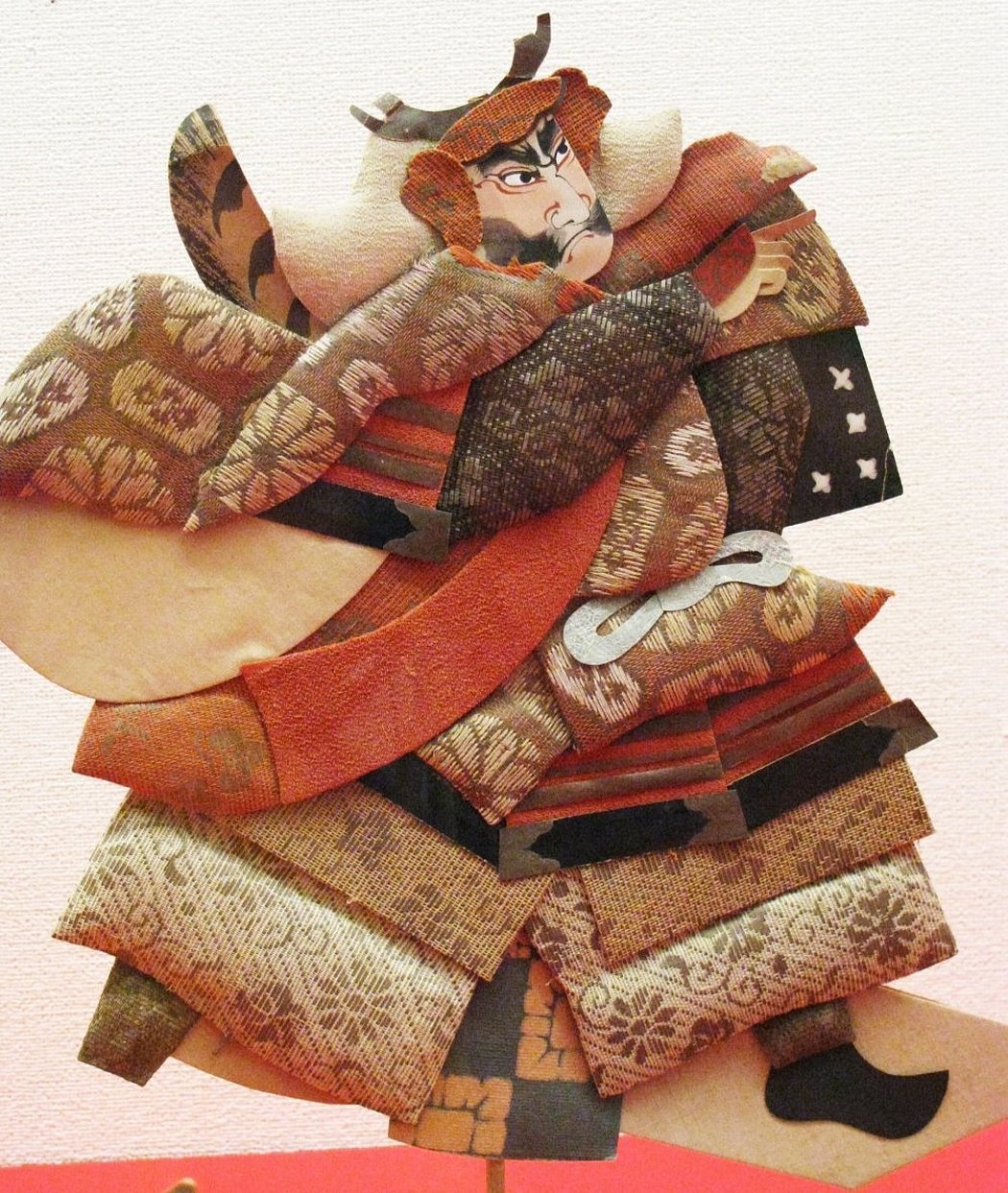
Important! The first paper was brought to Japan from China. By that time, oshie was already quite common. Craftsmen began to buy cheap paper instead of expensive fabric for their paintings, but it turned out that Chinese paper was fragile and not suitable for work. After some time, the Japanese came up with their own paper, washi, which was ideal for appliques.
When the technique was first invented, paintings often depicted geishas, children, samurai, and fairy-tale scenes. Today, this is not essential, the main thing is to follow the technique. To create oshie, they use cardboard, Japanese fabrics or paper, foam rubber to add volume, scissors, and adhesive.
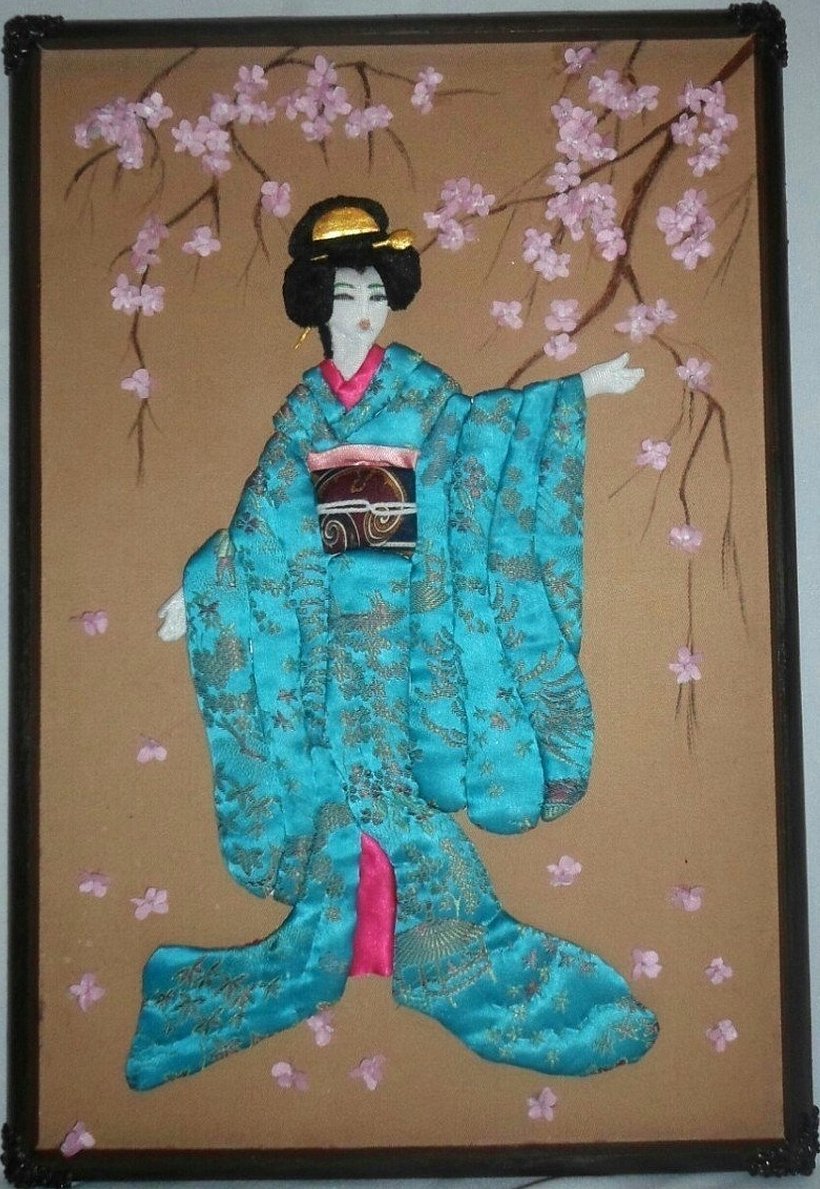
Volumetric paintings in quilt technique
Quilting or patchwork sewing is another way to make fabric paintings. It produces beautiful paintings that can fit into any interior. The essence of the method is to take several layers of different materials and patterns, and then sew them together by hand or with a sewing machine. As a result of such actions, a three-dimensional effect will be created.
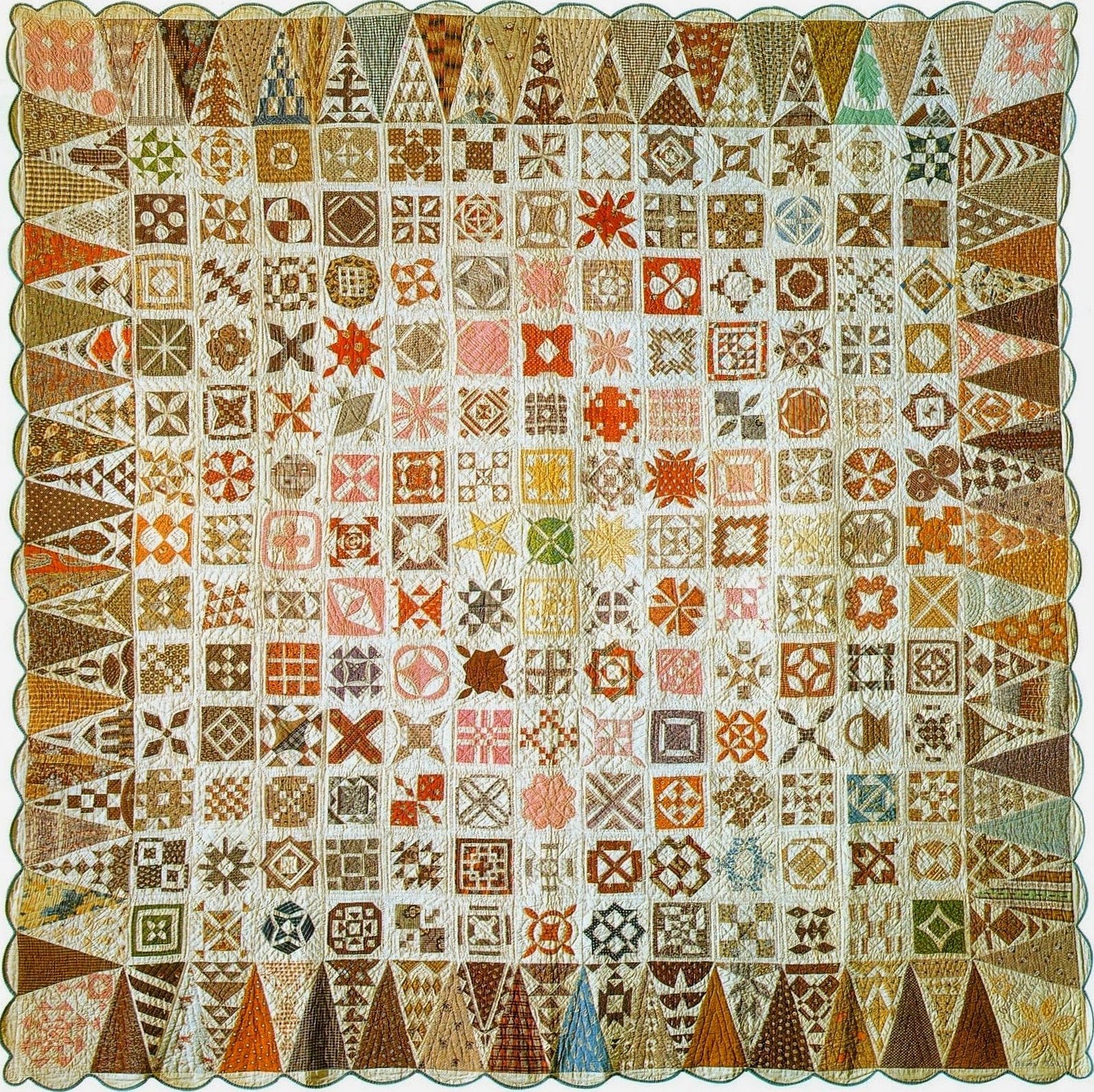
Important! The technique appeared relatively long ago and was initially used in villages and rural areas of the last century. Ancestors sewed blankets, pillows and other things from pieces of different materials, and did it beautifully and efficiently.
The use of patchwork sewing techniques is popular today. Objects in this style are often used in interiors such as Provence or country, that is, in village ones. Now it is no more than an element of decor, than a necessary thing.
Paintings from scraps began to be made a little later. Their main idea has always been abstraction and the transfer of specific subjects. The method of making layers is as follows:
- The first layer is soft, made from cotton scraps.
- The second layer is made of batting or synthetic padding. It sets the volume.
- The third layer is decorative, made from colored scraps.
After preparing the layers, they need to be sewn together. Denim fabric is often used for quilts.

Patchwork technique
A similar technique of creating a picture from pieces of fabric has its own unique features, which consist in the fact that no threads or needles are used for their production. This is considered an advantage, since if a person does not know how to sew, he can still do patchwork.
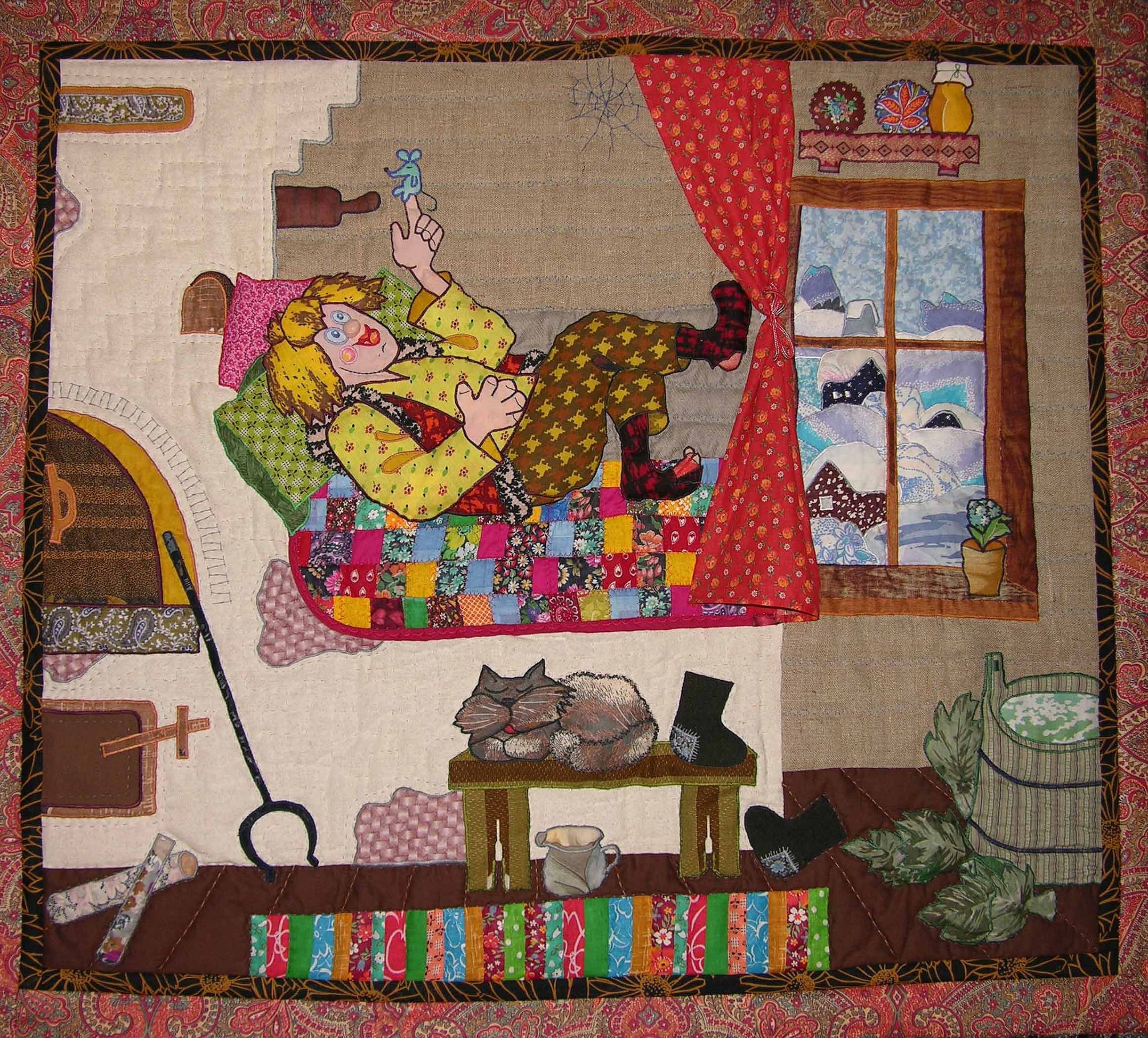
Other features of patchwork:
- Having a three-dimensional effect;
- Suitable for use in any room as a decorative element;
- Quick production in a couple of hours;
- They are an excellent gift for family and friends.
To make the pictures you will need the following:
- PVA glue;
- Foam sheet;
- Scissors or scalpel;
- Drawing preparation;
- Pencil or carbon paper.
- And of course, colorful scraps.
Important! When cutting the foam and during further work, particles will fall off. Therefore, you should work in a room where there is no carpet.
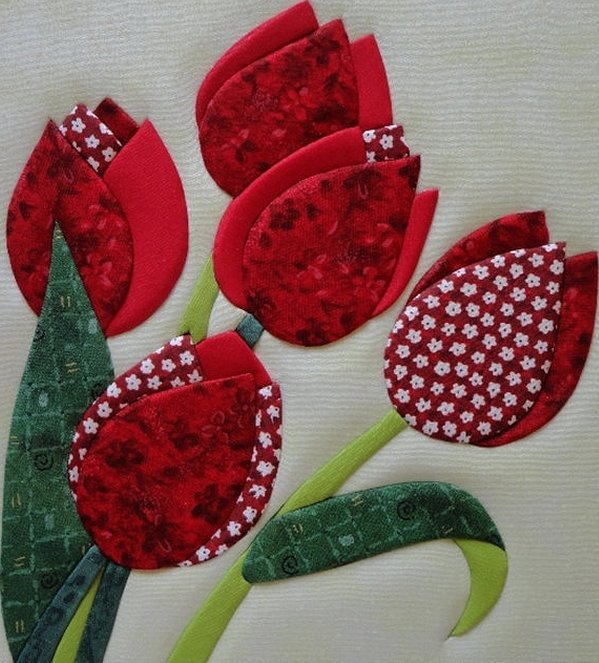
Fabric panel
Creating a beautiful and original panel from old fabric is not the easiest job. The first decorative panels appeared in the Middle Ages. Everything that was at hand was used to make them: paper, wood, grains. Fabric is no exception. It has always been believed that decorating a house with homemade decorative panels not only emphasizes the interior, but also shows the skill of the hostess.
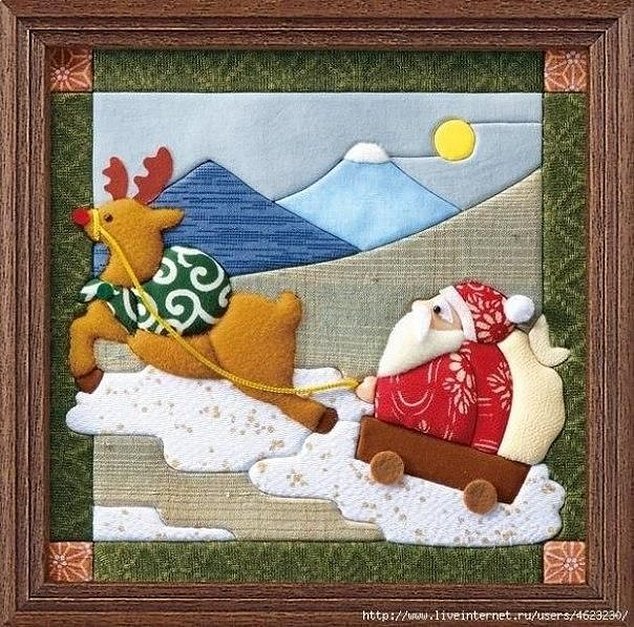
The advantage of the panel is that it is created as quickly as patchwork elements. To make the panel you will need:
- A diagram of the arrangement of objects on the finished painting. You can draw it yourself or find it online;
- Templates for cutting fabric. They are usually made of cardboard or plastic;
- Scissors, needles and threads;
- Beads and other decorative elements;
- The actual patches themselves.
First, figures are drawn on the scraps using templates and cut out. After that, the picture is assembled on the canvas and decorated with beads. The canvas can be fixed to any frame or frame.
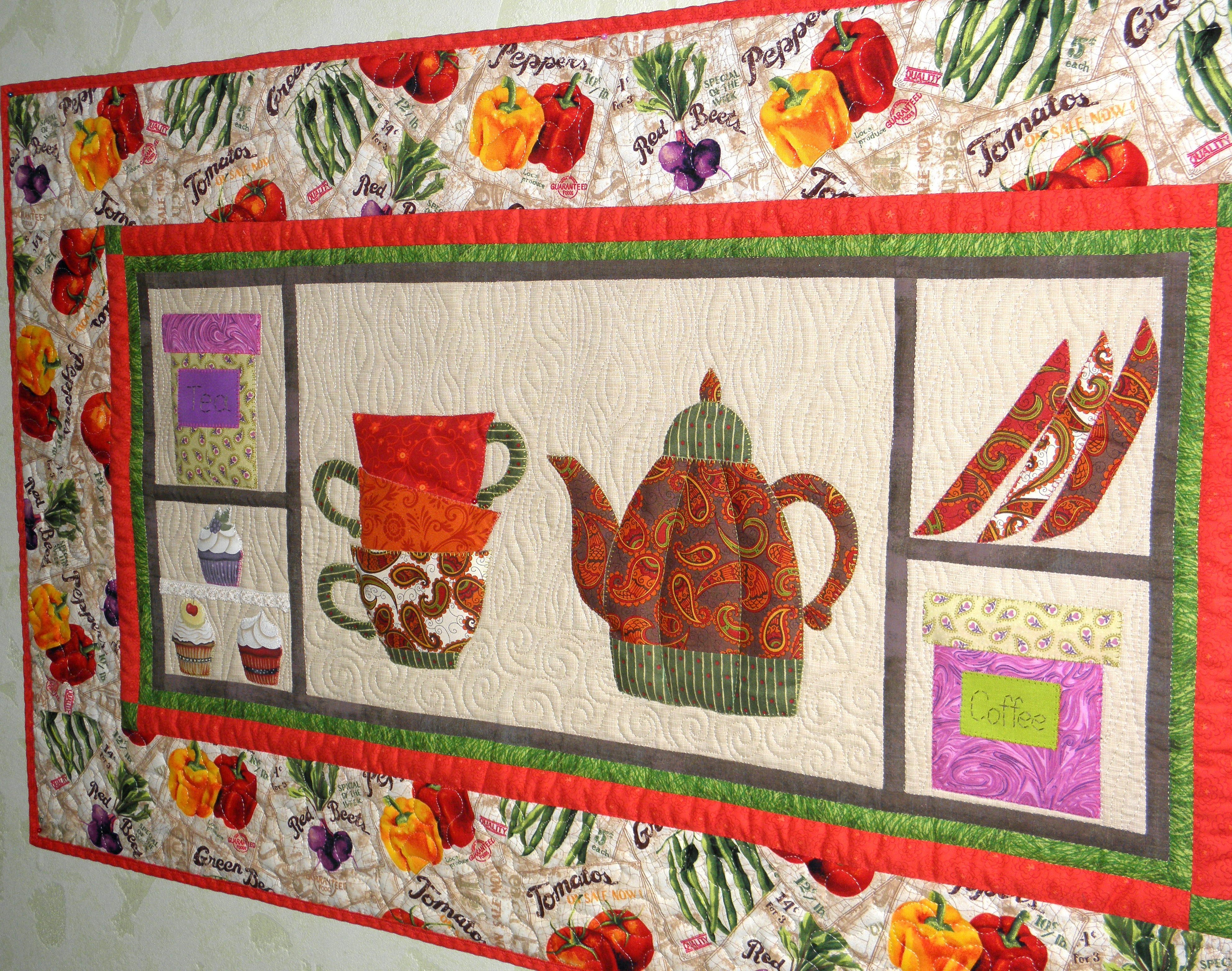
Leather panel
Leather is also used to make panels, using it instead of fabric. This option is more expensive, since genuine leather is not the cheapest material. Leather itself is an excellent type of material for handicrafts. It is durable, high-quality, flexible. Leather fabric can be taken from old bags and things that are either out of fashion or have become old. This is a great way to make them bring at least some benefit. To make a panel from leather, you will need all the same materials as for fabric.
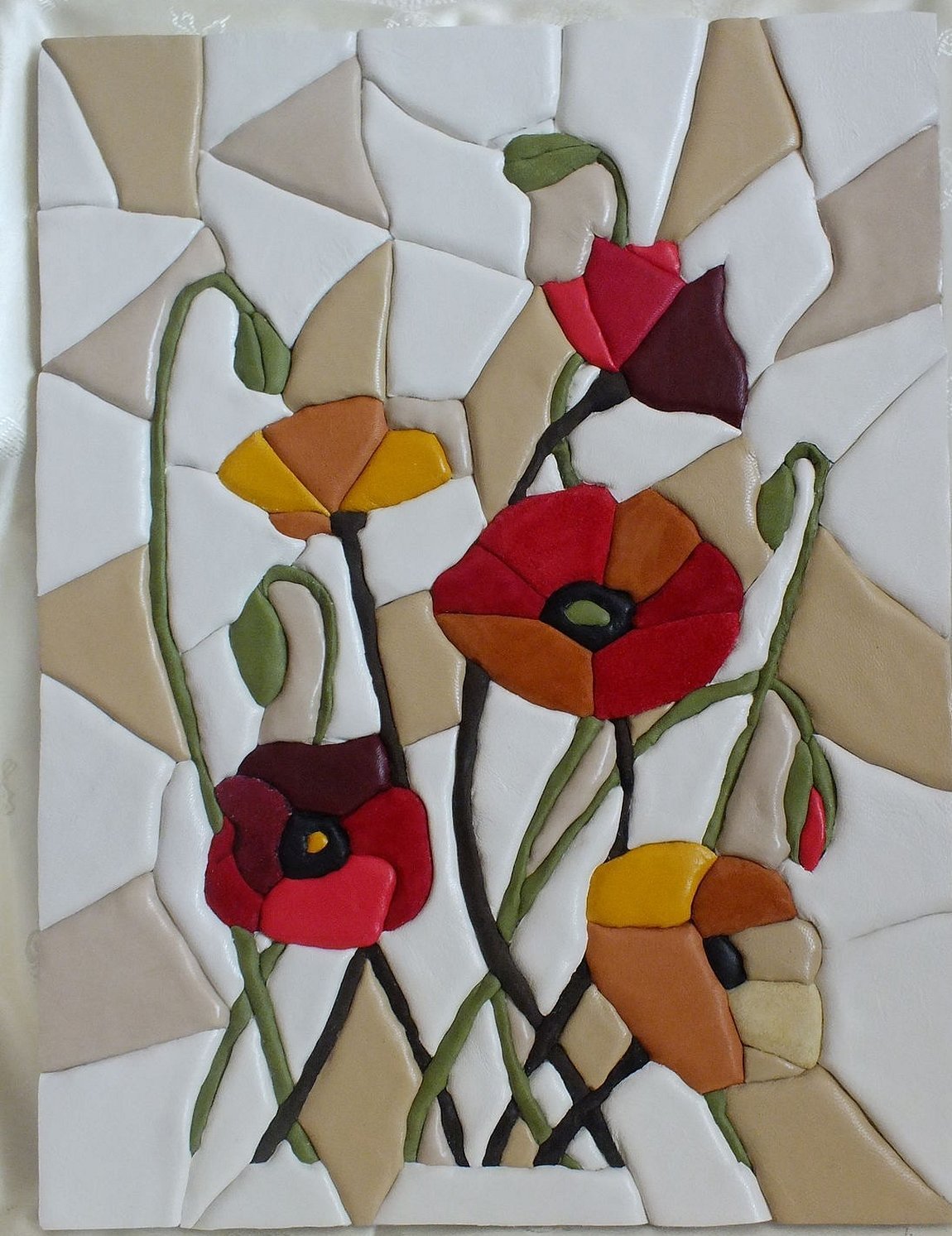
Important! When processing and cutting out figures from leather, you can use a candle, the heat from which will give the leather the desired shape. In addition, leather can be successfully painted.
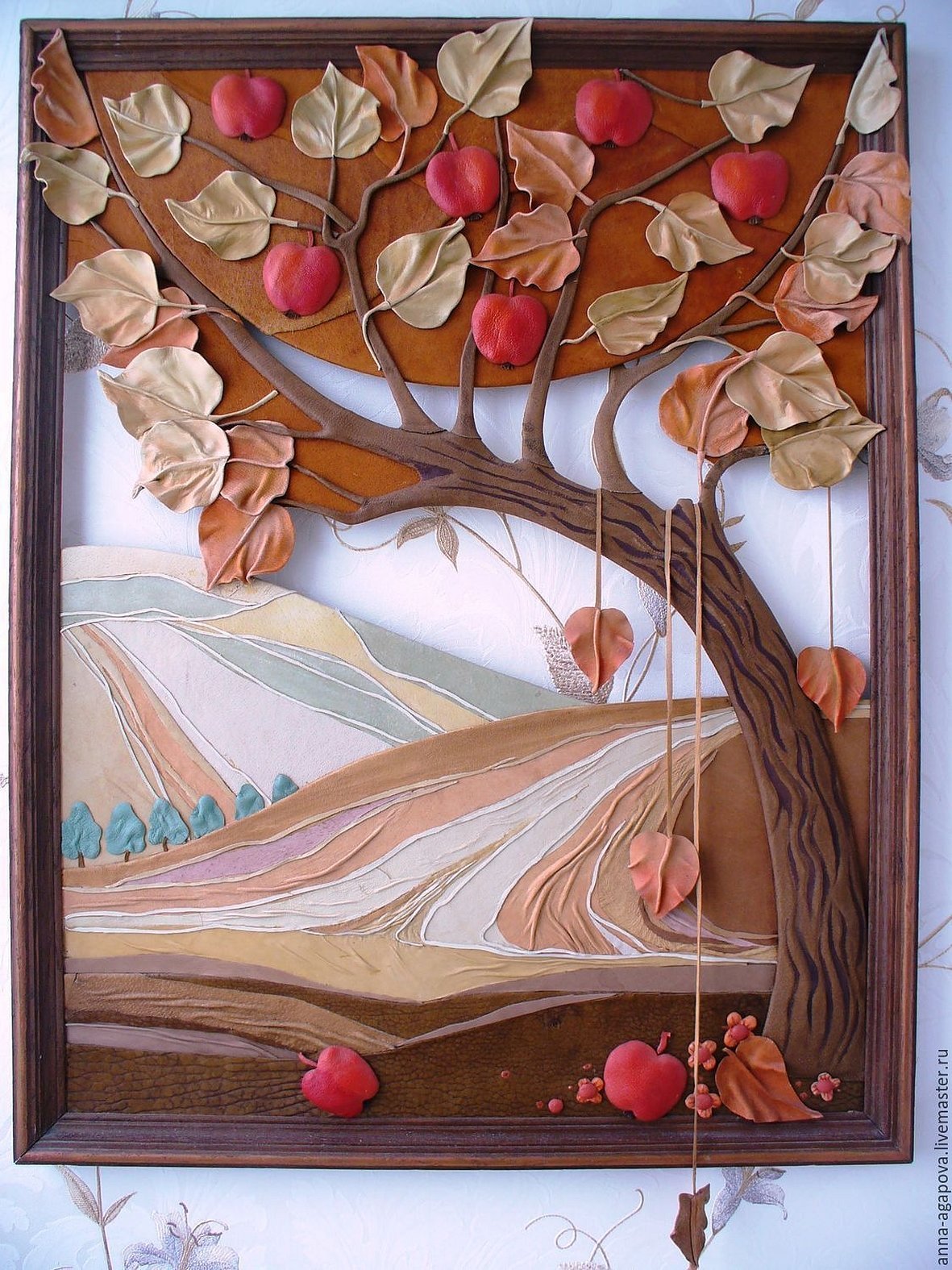
Wet cloth
Wet fabric is another unique technique of handicrafts, creating panels and paintings from fabric. The technique is based on draping fabric by soaking it in a special solution of flour paste. After processing with such a composition, it creates relief and patterns that do not collapse after creation and hold their shape after drying.
To make such a composition you will need the following:
- One glass of water;
- A third of a glass of wheat flour.
The creation process is as follows:
- You need to heat the water to a boiling state and pour in the flour little by little. After pouring in, beat with a whisk and remove from the heat. The paste will immediately thicken. If lumps form during the cooking process, they must be removed or the paste must be sifted through a sieve. After cooling, it will be ready for use.
- For further work, a solid "canvas" is needed. This can be plywood or a wooden board over which cotton fabric or old newspapers soaked in paste are stretched.
- The folds are obtained by pressing and pinching the fabric in the places where it is necessary. Further work consists of adding patches of different colors, additional elements of beads, etc.
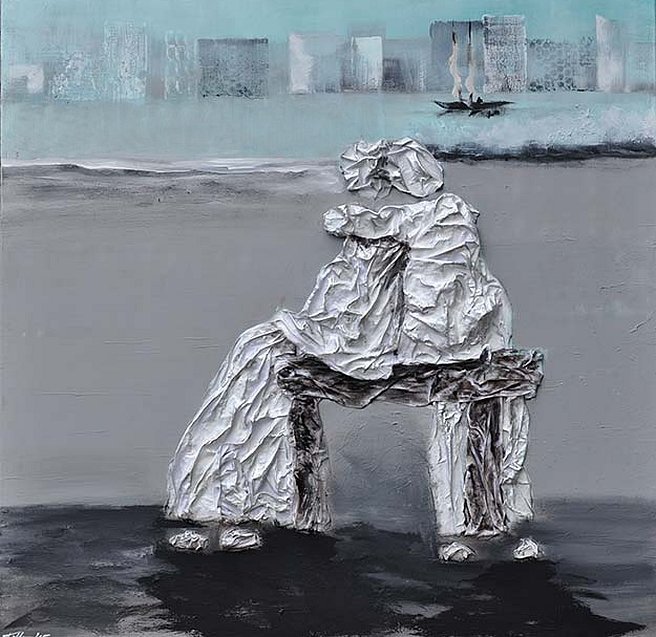
Pictures on a foam base
In fact, they are no different from paintings on a wooden base or other canvases. It is just that polystyrene foam is used instead. It is easy to process and holds the glued patches well. In addition, polystyrene foam crumbs can also be used in decoration.
Important! Pictures on a foam base can be made even without using threads or adhesives. To do this, deep cuts are made in the base along the contours of the future drawing, into which the fabric is pushed and fixed. This style is called kinusaiga, which means "without a needle". You can see an example in the photo below.
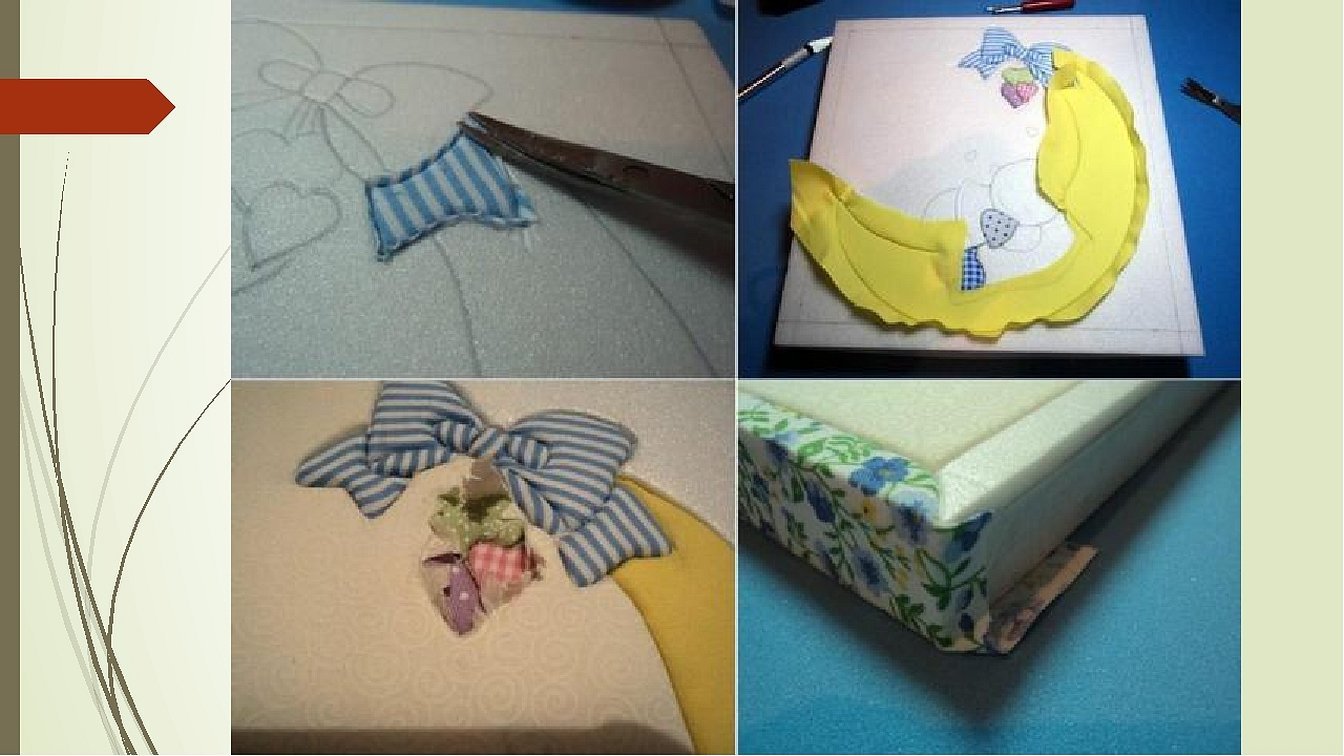
Thus, the main methods for creating a picture from scraps of fabric with your own hands were analyzed. They all differ in the method of creation. Some of them are more complex, and some, on the contrary, are suitable for beginners. Some of these styles arose out of necessity, and some turned out by themselves, but they are united by the fact that they are an excellent element of decor and show the mastery of the handicraft of the hostess.




